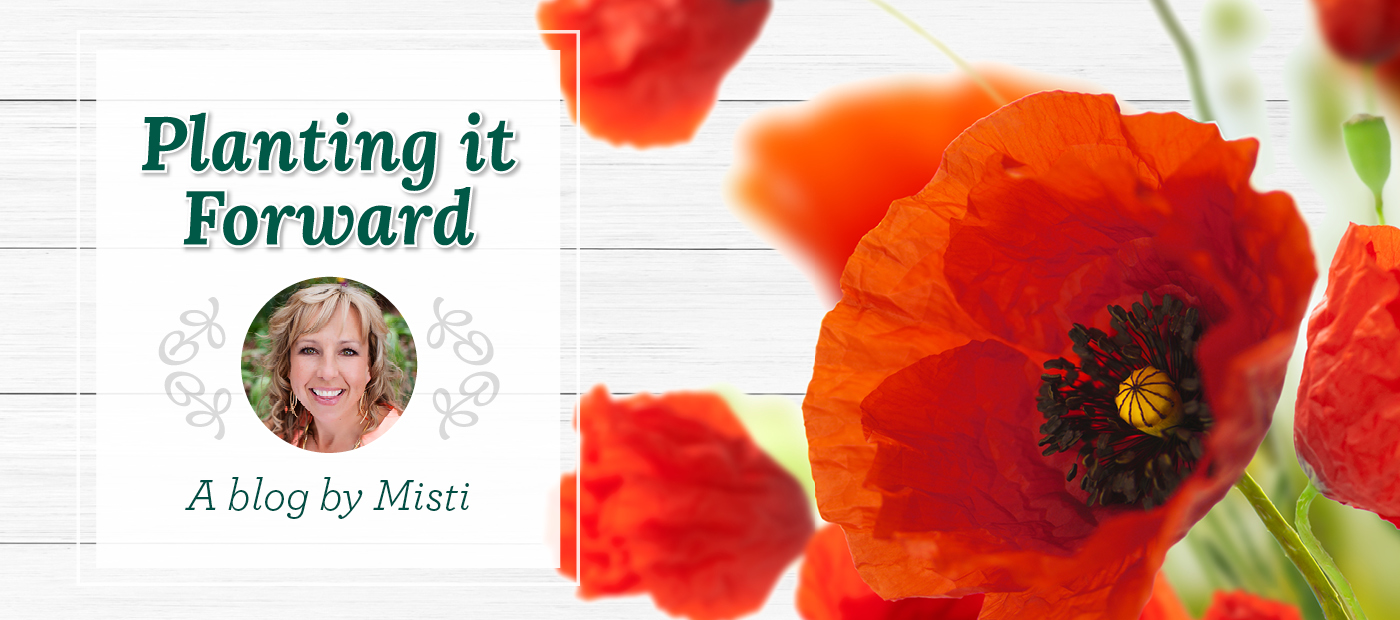
Everything old is new again, and that’s true in the world of houseplants, where one trend that first appeared half a century ago is making a strong comeback.
Hanging plants first became popular in the 1970s, in part because macrame was a common hobby during that time; many homes featured macrame plant hangers, typically with easy-to-grow spider plants inside.
This trend has made a resurgence, but now the reason has more to do with limited space, as more people congregate in urban areas with smaller homes and apartments.
Hanging plants offer a clever solution to shrinking living quarters. Using vertical space, they maximize your leafy green decor without sacrificing floor area. Strategically placed, they can even create a visual separation between living areas.
And you are no longer limited to just spider plants! There are many choices readily available at local garden centers like Warner’s Nursery.
Cascading pothos and philodendrons, trailing air plants, and vibrant string of pearls will create visual interest in any room. Succulents like echeveria, jade, and donkey’s tail offer unique shapes and textures. Indoor ivy and Chinese money plants can be trained to climb up or cascade down, depending on your preference.
Your hanging plant is part of your room design. A cluster of greenery – mixing hanging, windowsill, and floor plants – can give you a mini jungle retreat indoors. Hanging plants can also soften corners, frame windows, and create a privacy “screen” within your home.
Caring for your hanging houseplant will depend on the species you use, as each has its own particular needs, so make sure to check the care label on any plant you purchase.
But there are some general tips that apply to most hanging houseplants:
- Always use a quality potting soil mix that is suitable for your plant.
- If you are mixing plants in the same hanging basket, try to group plants with similar care needs together.
- Keep in mind that air in your home tends to get warmer and drier as it rises towards the ceiling, so your hanging plants might dry out a little faster than ones you have on counters, window sills, or on the floor.
- If you are hanging from the ceiling, make sure to use a strong hook.
- Hang your plants in low-traffic areas. The last thing you want is for your plant tendrils to grab people as they walk by.
If you are looking for a fresh take on houseplants for the new year, why not give hanging plants a try? They’re a budget-friendly way to add life and personality to your home, and their benefits extend far beyond their high-flying good looks.
Happy gardening,
Misti